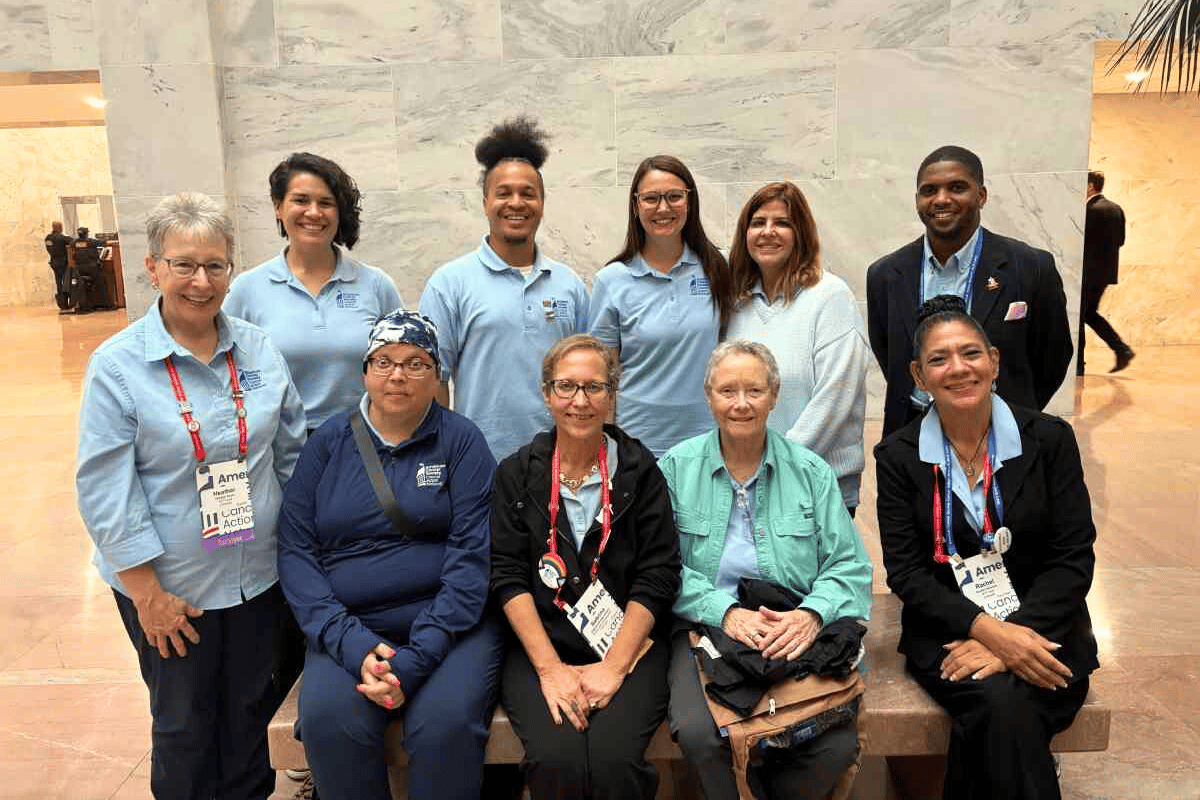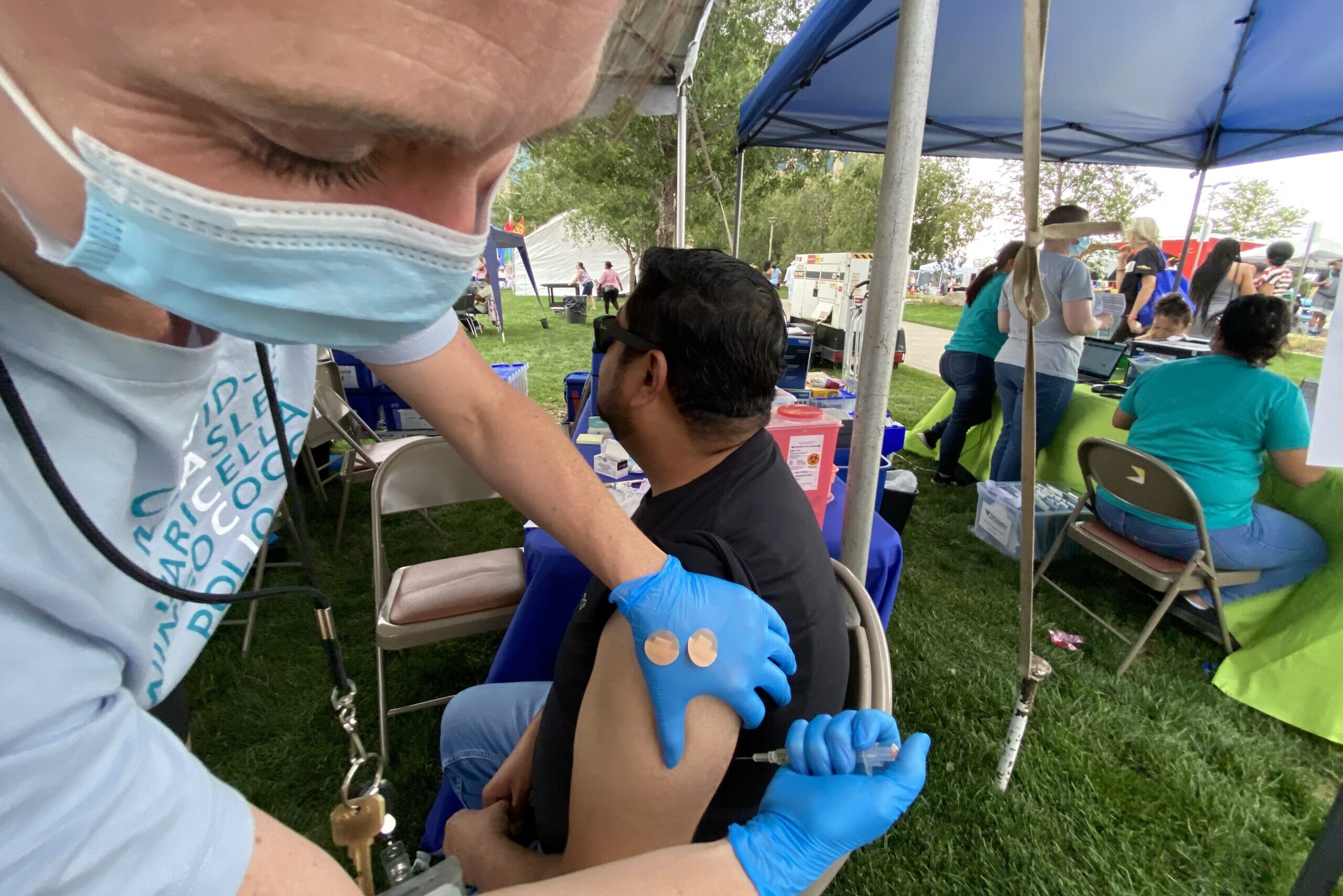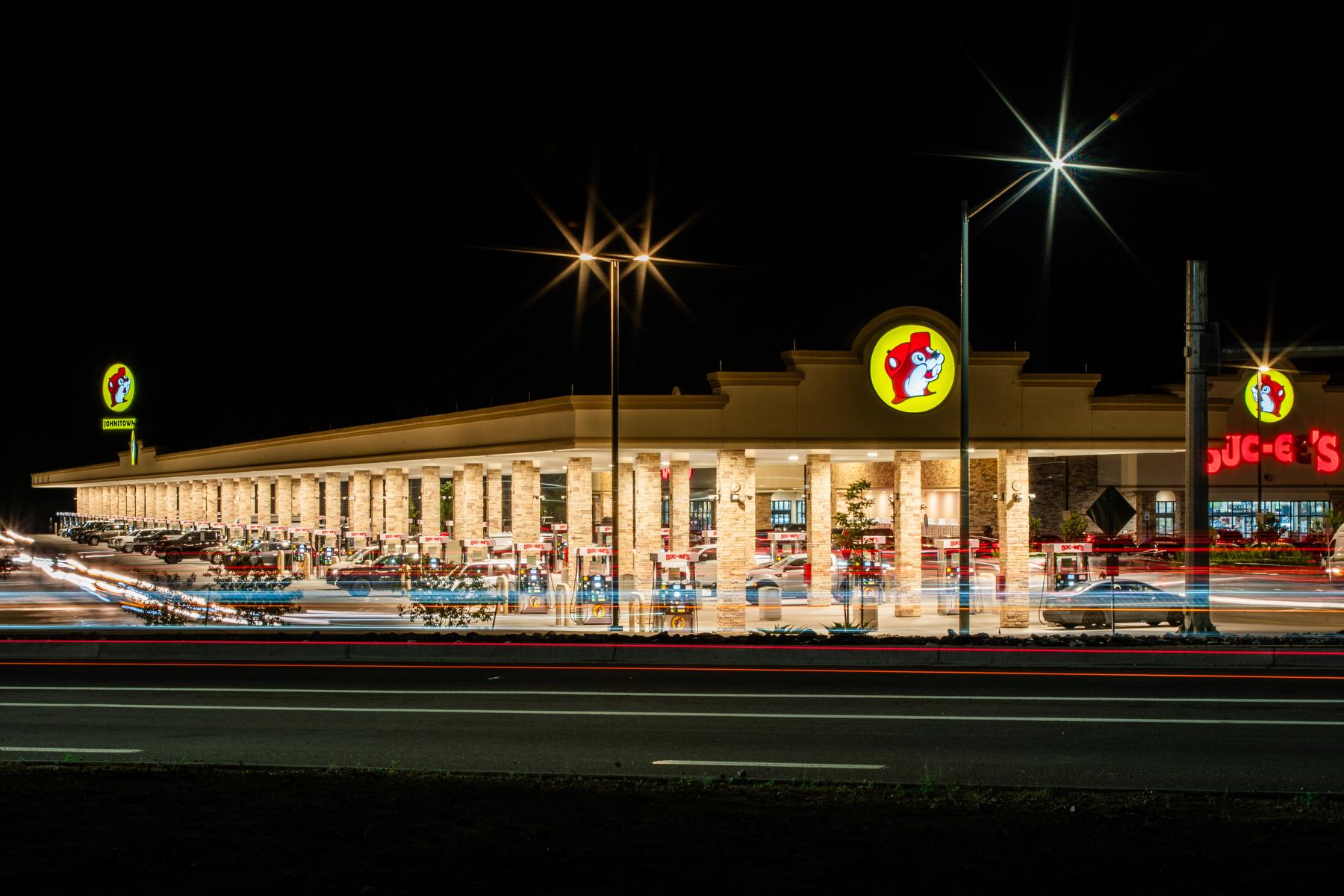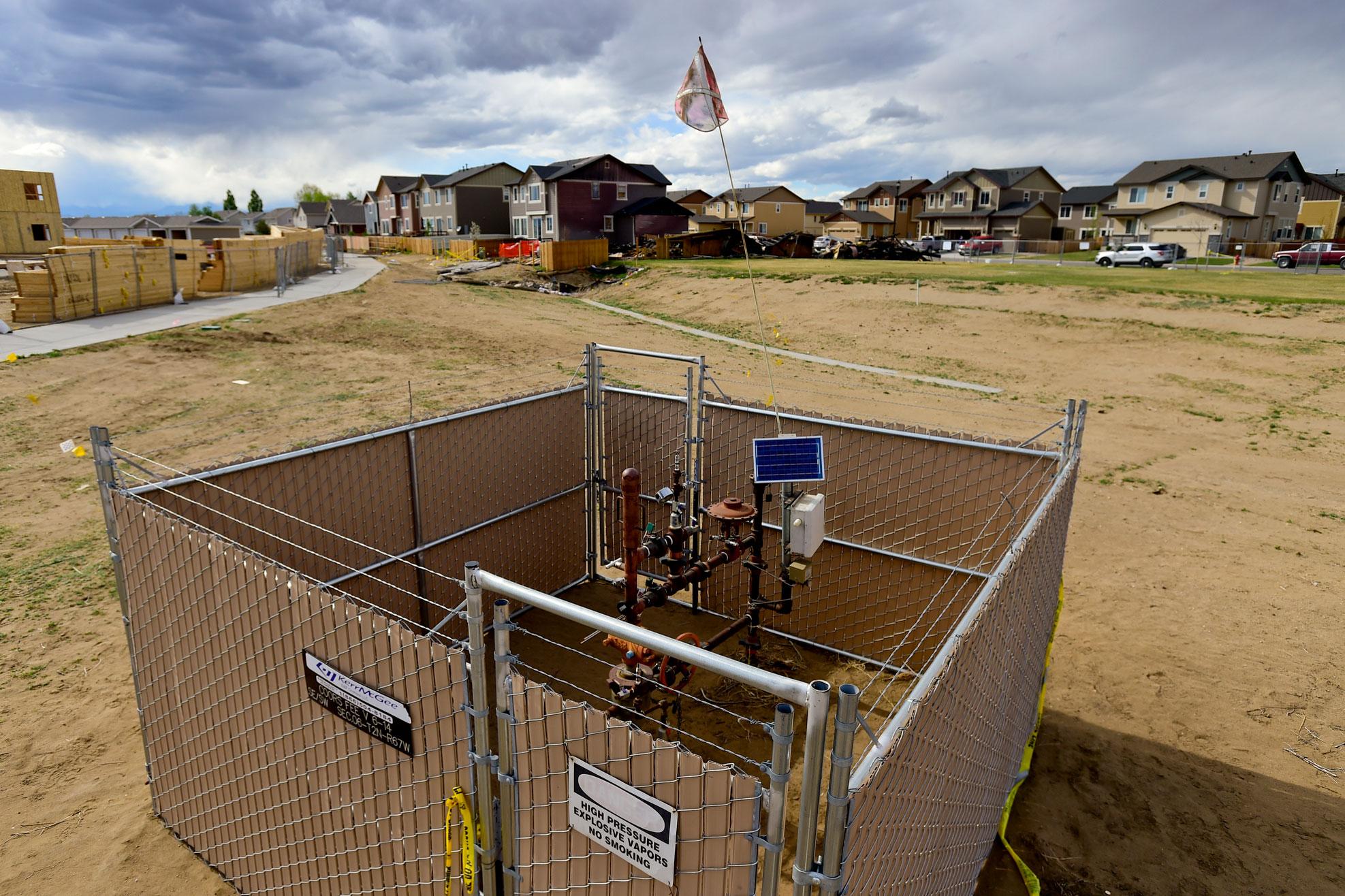
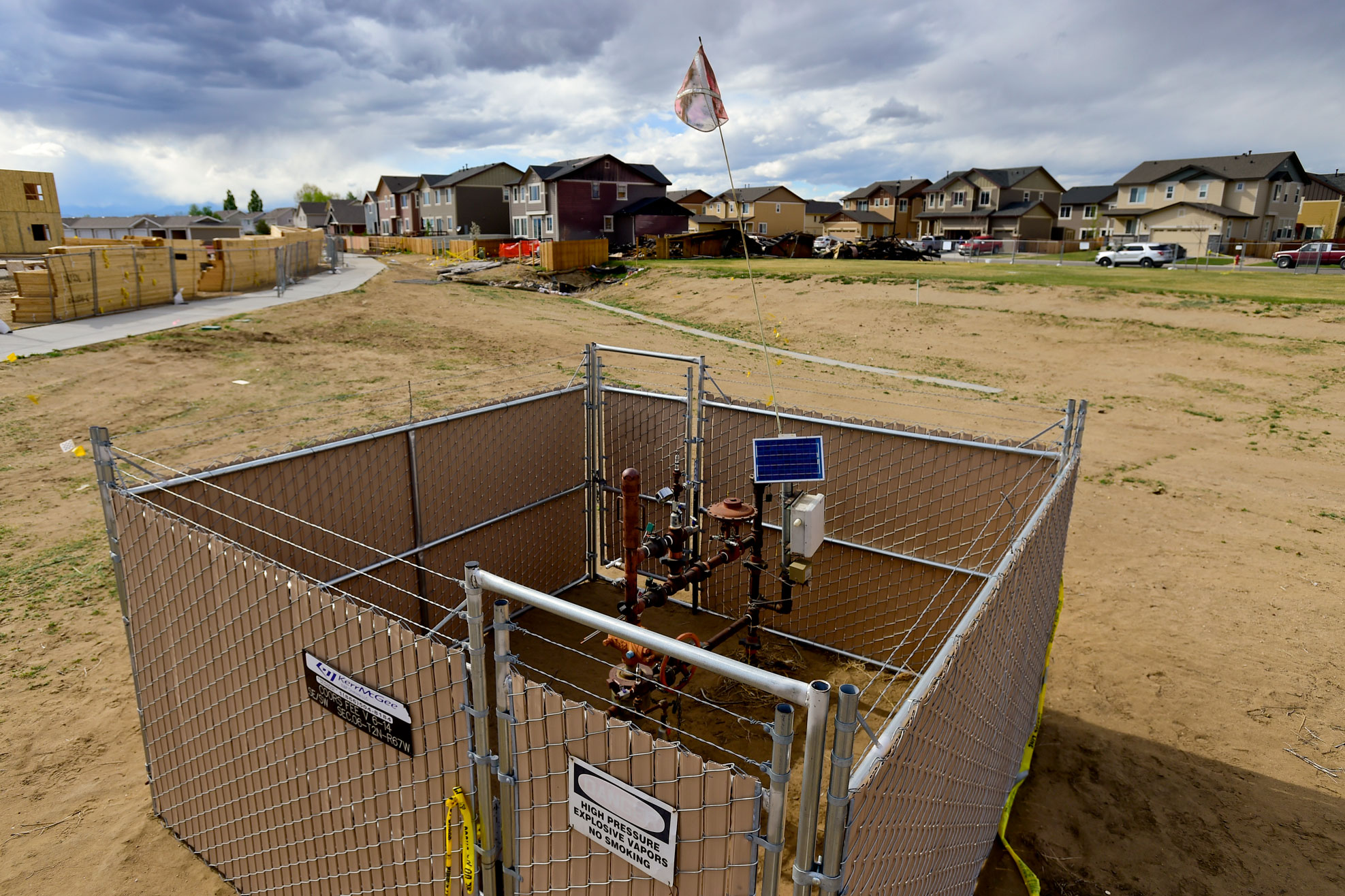
Tiny holes or faulty parts could be the reason that about 430 oil or gas pipelines in Colorado failed a leak-detection test after a fatal explosion blamed on gas seeping from a severed line, regulators said Thursday.
The Colorado Oil and Gas Conservation Commission said the number of pipelines that failed represents 0.35 percent of the lines tested.
Regulators are checking with energy companies to make sure the problems are fixed, commission spokesman Todd Hartman said.
- Anadarko Says Tiny Fraction Of Its Oil, Gas Flowlines Failed Inspection
- State: 129,000 Oil, Gas Pipelines Are Within 1,000 Feet Of Occupied Buildings
Gov. John Hickenlooper, a Democrat and former petroleum engineer, said the results show the reason he ordered the inspections. "Given the number of (pipelines) in the state, this is a relatively small figure; however, each failure requires our attention," he said in a written statement.
State Sen. Matt Jones said the test failures are significant and dangerous.
"This situation would be just as 'safe' if the regulators found there are 430 caches of dynamite next to buildings with people in them," said Jones, a Democrat who represents part of Boulder County. "This is yet another example showing that these oil and gas pipelines have no business being near our children's schools or our communities' homes."
The commission has not said where the pipelines are, but the state ordered energy companies to test all lines within 1,000 feet (300 meters) of occupied buildings. Companies reported that a total of 120,815 flow lines are within 1,000 feet of occupied buildings, the commission said.
The commission said more than 107,000 pipelines either passed the test or were out of service and have been sealed. The status of another 13,000 pipelines remained unclear, officials said, and they were working with energy companies to get more information.
The pipelines, called flow lines, carry oil, gas or water from wells to storage tanks or other collection equipment. They are usually underground.
The state ordered the tests after an April 17 explosion in Firestone that killed two people, injured one and destroyed a house.
Investigators blamed the explosion on odorless, unrefined natural gas leaking from a severed flow line that was thought to be out of service but was still connected to a well with the valve turned to the on position.
The house was within 200 feet (60 meters) of the gas well, and the line was severed about 10 feet (3 meters) from the house, officials said. Gas seeped into the home's basement, investigators said.
The Oil and Gas Conservation Commission is rewriting its flow-line regulations because of the Firestone explosion.
Read More: Colorado Allows Oil And Gas Drillers To Abandon Old Pipes In Place. Should They?

